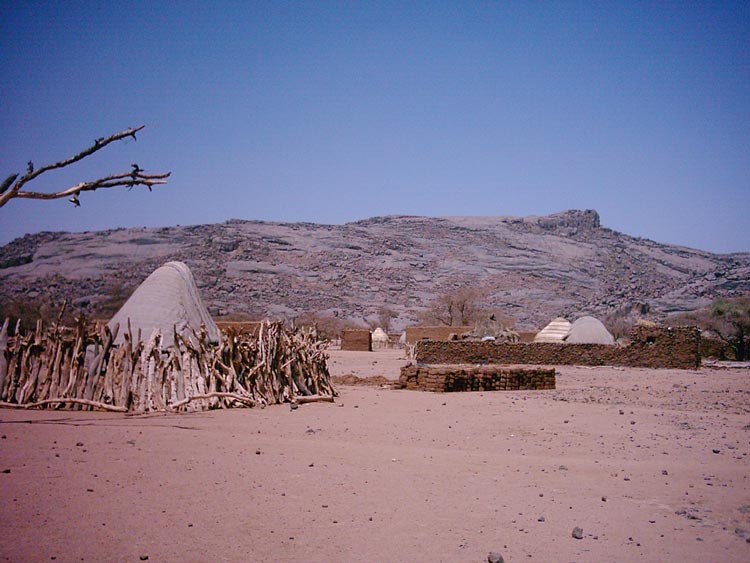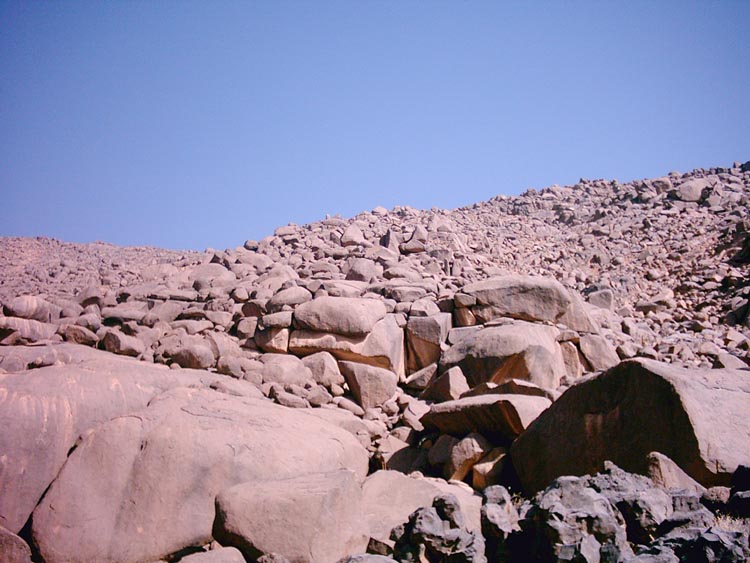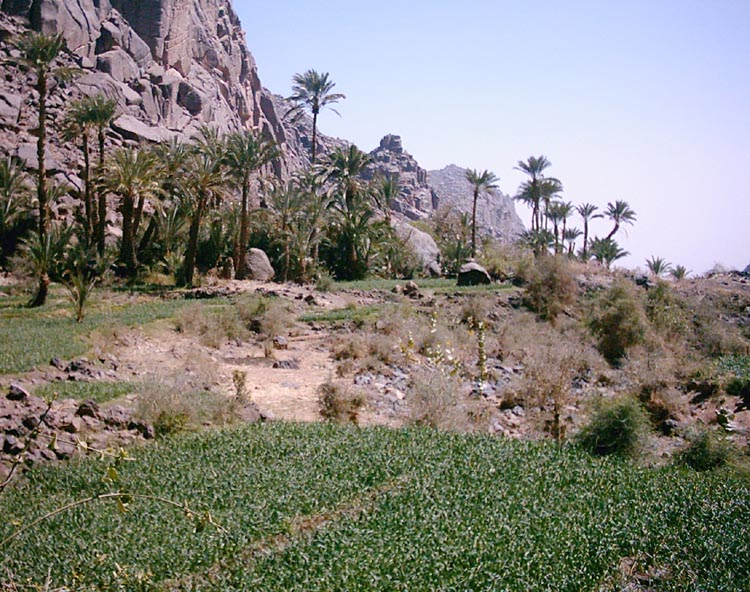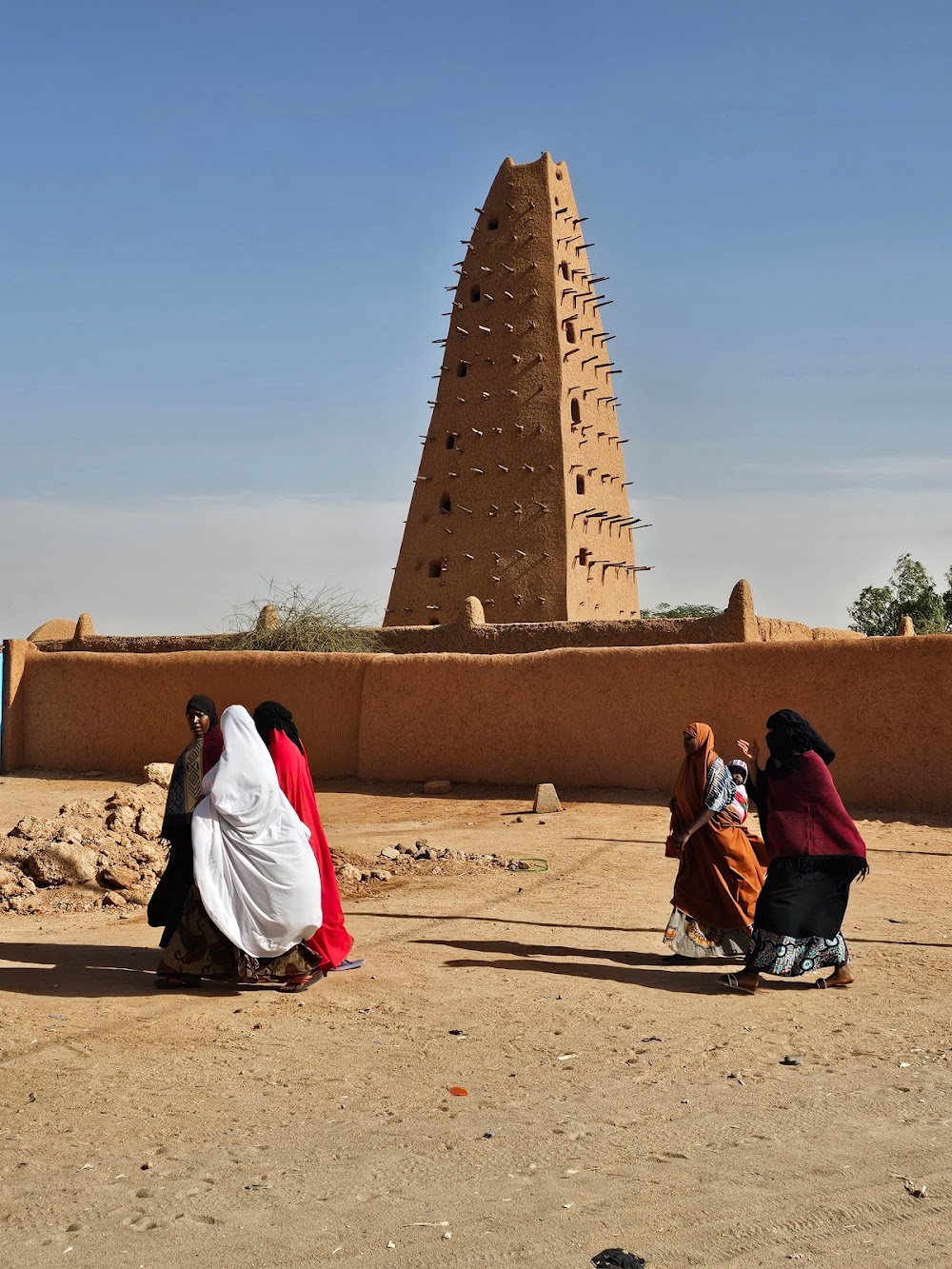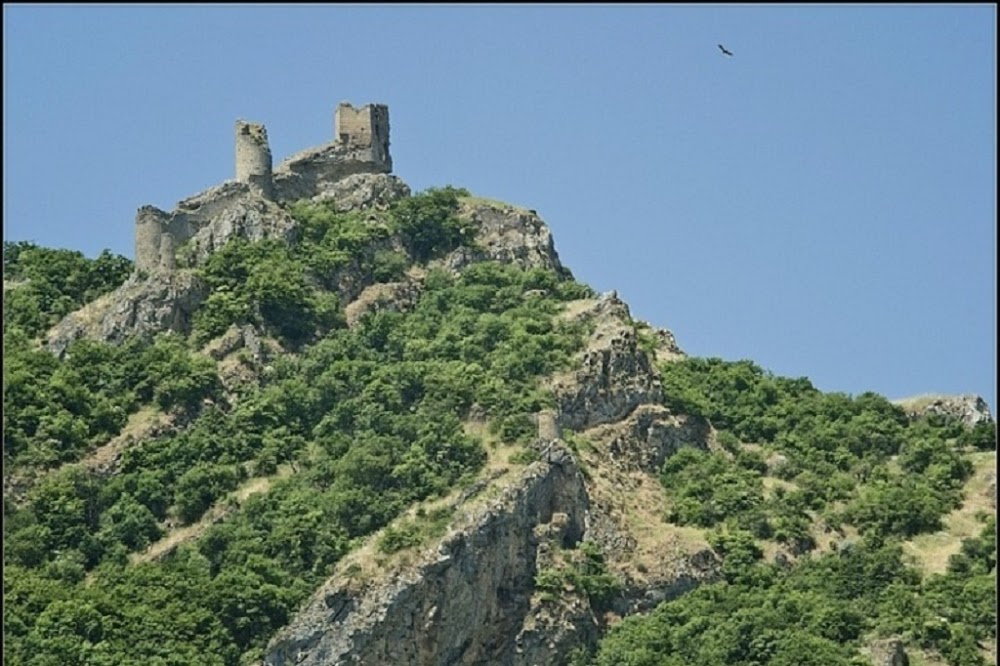Aïr Mountains (Montagnes de l'Aïr)
Overview
The Aïr Mountains, a breathtaking mountain range, are nestled in the northern region of Niger. Rising dramatically from the surrounding Sahel and desert landscapes, these mountains create a stunning and rugged terrain that sharply contrasts with the flat desert expanse that lies beyond. Spanning approximately 84,000 square kilometers, the Aïr Mountains are celebrated for their remarkable natural beauty and geological diversity.
Geologically, the Aïr Mountains are part of the larger West African Craton. Their formation began over two billion years ago during the Precambrian era. Through millennia of tectonic activity, erosion, and volcanic events, the landscape has evolved into the diverse array of peaks, plateaus, and valleys we see today. The highest peak, Mont Idoukal-n-Taghès, towers at around 2,022 meters (6,634 feet) above sea level, offering breathtaking views of the expansive Sahara Desert.
The mountains are rich in cultural and historical significance, having been inhabited by the Tuareg people for centuries. Known as the Kel Tamasheq, the Tuareg are nomadic Berbers celebrated for their distinctive blue clothing and profound understanding of the desert environment. Throughout history, the Aïr Mountains have served as a sanctuary and stronghold for these people, providing protection and essential resources, including water from numerous springs and seasonal rivers (oueds).
In addition to their cultural heritage, the Aïr Mountains boast a surprising variety of flora and fauna adapted to the harsh arid conditions. The region's vegetation includes acacia trees, palm trees, and various shrubs that offer vital fodder for nomadic livestock herders. The wildlife here features species such as the Barbary sheep, Dorcas gazelles, and a diversity of bird species. Conservation efforts have been established to protect the region's biodiversity, leading to the creation of the Aïr and Ténéré Natural Reserves, which encompass much of the Aïr Mountains and the adjacent Ténéré Desert.
A particularly intriguing aspect of the Aïr Mountains is the presence of prehistoric rock art and archaeological sites that provide insights into early human life in the area. Numerous rock engravings and paintings, some dating back over 10,000 years, depict scenes of daily life, hunting, and the wildlife that once roamed the region, including elephants and giraffes. These artworks are invaluable in understanding the climatic and environmental changes that have transpired over millennia.
The Aïr Mountains also have a notable mining history. Rich in minerals, the region contains deposits of uranium, salt, and various precious metals. Since the 1970s, uranium mining has played a significant role in Niger's economy. However, it is crucial to balance the economic benefits of mining with its environmental and social impacts, as resource extraction can threaten the delicate desert ecosystem and the nomadic cultures that inhabit it.
In recent years, the Aïr Mountains have attracted attention for eco-tourism and adventure tourism, drawing visitors who are enchanted by the region's remote and unspoiled beauty. Activities such as camel trekking, rock climbing, and exploring ancient ruins offer travelers a unique experience that connects them with both nature and the rich cultural heritage of the Tuareg people.
Despite its remote location, the Aïr Mountains stand as a symbol of resilience and beauty in the harsh Sahara environment. The towering peaks and diverse ecosystems provide a haven for wildlife and humans alike, while narrating a story of a landscape that has evolved over millions of years, shaped by both natural and human forces. With careful preservation and sustainable practices, the Aïr Mountains will continue to be an extraordinary natural treasure for future generations to discover and cherish.


